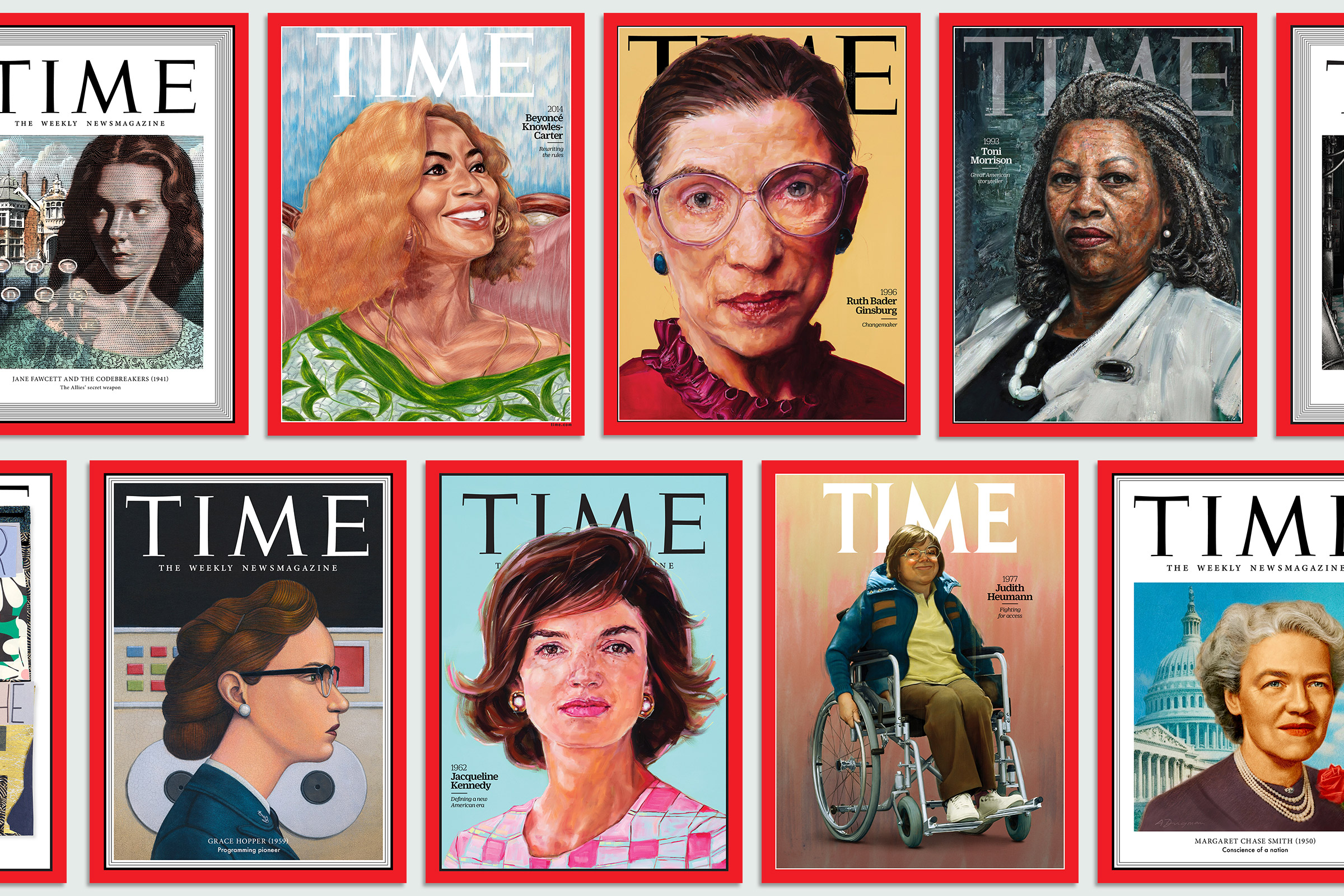Judith Heumann knew what it meant to be seen. In 1977, after regulations for the first federal disability-rights law stalled, Heumann, an activist and wheelchair user, organized a sit-in, crowding more than 100 disabled protesters into a San Francisco federal building. “We demonstrated to the entire nation that disabled people could take control over our own lives,” she said. A month later, the regulations were signed, ushering in a new era of accessibility for millions of Americans.
Heumann’s stirring story is just one example of the 100 in this issue. Also featured are chemist Rosalind Franklin, whose role in identifying the structure of DNA was overlooked in favor of her male colleagues, and environmental activist Wangari Maathai, who spent International Women’s Day in 2001 in jail for planting trees. Inspired by TIME’s annual Person of the Year, we chose an influential woman for each year starting in 1920, marking the 100th anniversary of women’s suffrage in the U.S.
Before 2015, only seven individual women had ever been named Person of the Year. Indeed, what started in 1927 as Man of the Year only switched to Person of the Year in 1999.
For me, seeing women on the cover of a magazine created by men for “busy men,” as TIME’s founders wrote in their original prospectus, is always powerful. I joined TIME in 2012, when over the course of a year just a handful of women were featured on the cover. In 2019, TIME featured more solo women on its cover than men for the first time in our 97-year history. The world has changed and TIME has too, but there have always been women worthy of TIME’s cover.
Our creative partner, filmmaker Alma Har’el, provided invaluable inspiration and is co-producing a documentary on this project. Creative director D.W. Pine and his team faithfully reconstructed cover designs of previous eras, working with dozens of artists to make 89 new covers, and design director Chrissy Dunleavy crafted the issue. Editors Emma Barker and Merrill Fabry worked with the TIME staff and outside experts to carve the final list from 600 nominations, while photo editor Michelle Molloy and the TIME photo team spent months researching image archives.
The feminist movement is always about progress, and acknowledging the role of women in history is as much about looking ahead as it is about re-examining the past. As Gloria Steinem wrote in these pages 50 years ago, “The most radical goal of the movement is egalitarianism.”
Conniff is executive editor and editorial director of 100 Women of the Year
This article is part of 100 Women of the Year, TIME’s list of the most influential women of the past century. Read more about the project, explore the 100 covers and sign up for our Inside TIME newsletter for more.
